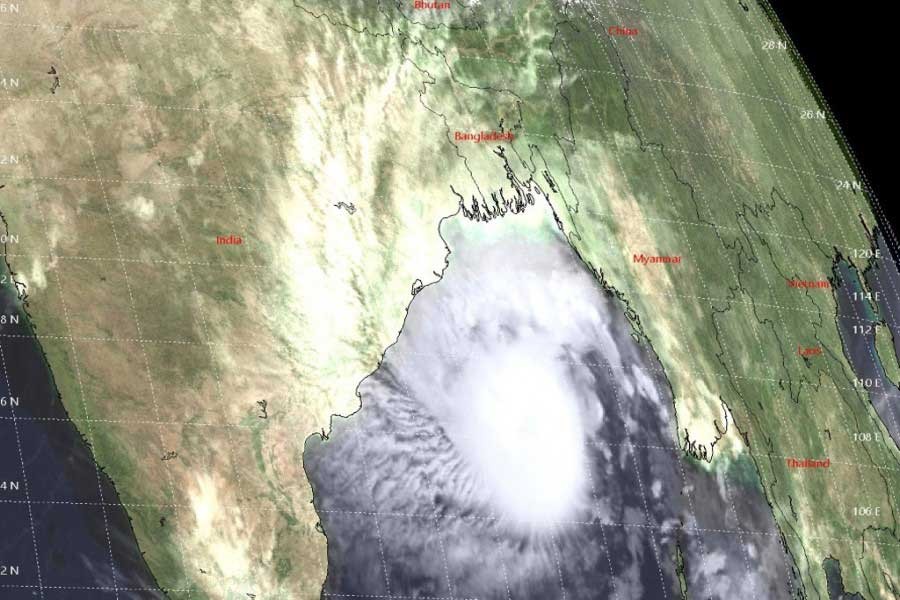Bulbul, the cyclonic storm, has wrought large-scale devastation in the coastal districts but mercifully spared a tragedy of cataclysmic proportions, as feared. Indeed, it had all the makings of a natural calamity that befell the country's south on November 12, 1970, claiming between 300,000 and 500,000 lives. Surely, cyclone-preparedness has witnessed a sea-change over the past 49 years and loss of life of the 1970 order can now be avoided. However, the casualty would not be limited to well below a certain figure (reported deaths vary between 13 and 17). Hundreds perished when Sidr and Aila lashed the coastal districts in 2007 and 2009 respectively and losses of property, crops and infrastructure were heavier then. This time Bulbul struck the Sunderbans, the world's largest mangrove forest, before making its landfall on the coastal regions and in the process got fairly weakened. This was the saving grace.
Most reports have focused on the damage to Aman paddy in a large swathe of the country's south along with fish enclosures and upcoming winter vegetable crops. There is as yet no report on the damage to the forest that has shielded the country from more extensive damage. One hopes the loss the Sunderbans has sustained will not upset the ecological balance it has so far maintained even after the disproportionate damages caused by cyclonic storms like Sidr and Aila in the past. Damage and destruction caused at macro and micro levels in the coastal areas have their special implications for individuals, communities and the country in general. When a farmer loses his only crop of paddy, hunger stares into his face. When a flood-protection dam gives in, an entire community can suffer not only for once but for years together like villagers in and around Bhabadaha where stagnated seawater has become a permanent source of woes.
Fortunately, no breach of flood-protection dams has been reported so far. It is the standing crops that have taken a severe battering only days before the start of the harvesting season. People whose roofs have been blown away may somehow make arrangement for their shelter but crop and fish losses will render them financially vulnerable. They will need support to rebuild their life in terms of livelihood. Distribution of relief materials during the exigency may be a key to their survival but it is their rehabilitation that will prove crucial for their financial sustainability.
Now that the planet is in turmoil as a result of rising temperature, more such natural calamities are likely to visit this small land. The challenges ahead will be to get prepared not just in matters of saving lives but also in minimising property and crop losses. Cyclone shelters can save lives only but livestock gets no protection. Building shelters for domestic animals close by the cyclone shelters can be an option. The country's rice research centre has already developed salinity-tolerant paddy. Improved varieties that can withstand stronger wind speed may also be developed. Advance weather forecast can also help plan cropping patterns suitable for the coastal area.


